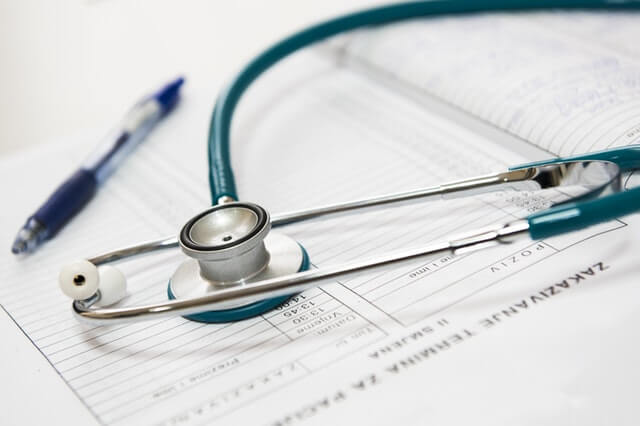HISTORY 1. General Information: 2. Chief complaints: Example: Lower abdominal pain X 2 daysNausea and vomiting X 1 day 3. History of Presenting Illness: “OPQRST” for each symptoms Negative history: Treatment received for the complaint Review of systems: may or may not be related to chief complaint – include only…
Tag: Clinical examination
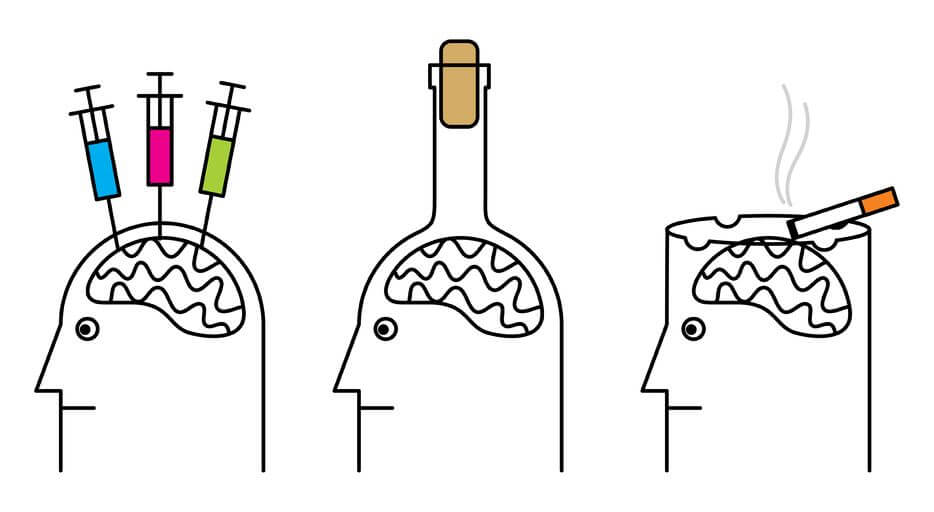
Eliciting Smoking and Alcohol History
Smoking History Ask: Have you ever smoked? If yes – Further ask: For how long? What form? (cigarettes, cigars, pipe, chewed) How much? Quantify smoking history: A ‘pack year’ is smoking 20 cigarettes a day (1 pack for one year) (Number of cigarettes smoked per day X Number of years…
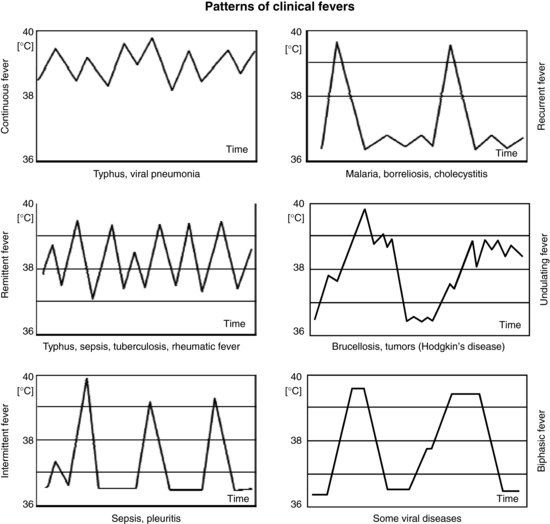
Fever : Definition, Mechanism and Types
Definition of Fever Studies have found that the maximum normal oral temperature is 37.2ºC (98.9ºF) at 6 A.M. and 37.7ºC (99.9ºF) at 4 P.M.; these values define the 99th percentile for healthy individuals. Hence, an A.M. temperature of >37.2ºC (>98.9ºF ) or a P.M. temperature of >37.7ºC (>99.9ºF) would define…
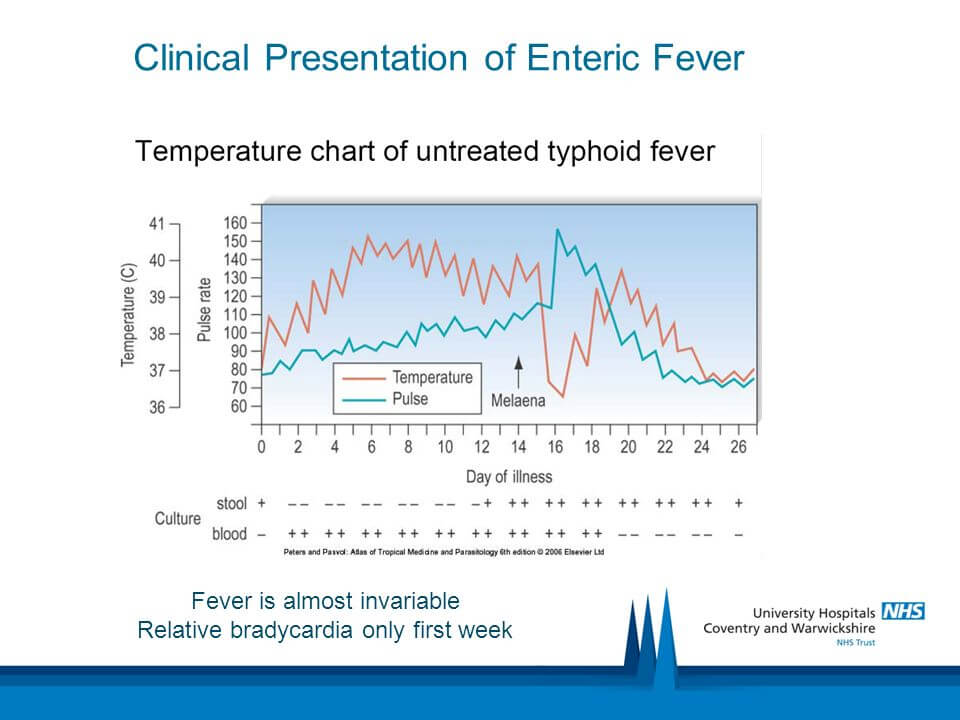
Relative Bradycardia
Synonyms: Faget sign, Sphygmo-thermic dissociation, Sphygmo-thermal dissociation Definition of Relative Bradycardia Physiologically, for each 1 °F rise in body temperature, there is a commensurate increase in the heart rate of 10 beats/min . When temperature elevations are not accompanied by a physiologic increase in the pulse, the patient is said…
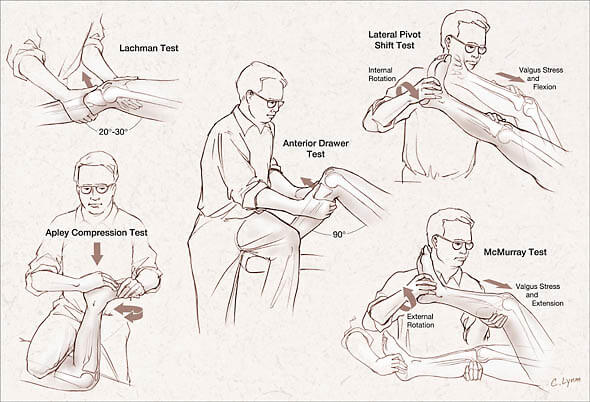
Tests for Knee Ligaments
Anterior Cruciate Ligament (ACL) Lacchman’s test It is performed with the patient supine and the knee flexed 20–30°. The examiner grasps the distal femur (from lateral side) with one hand and the proximal tibia with the other hand (from medial side). The lower leg is given a brisk forward tug…
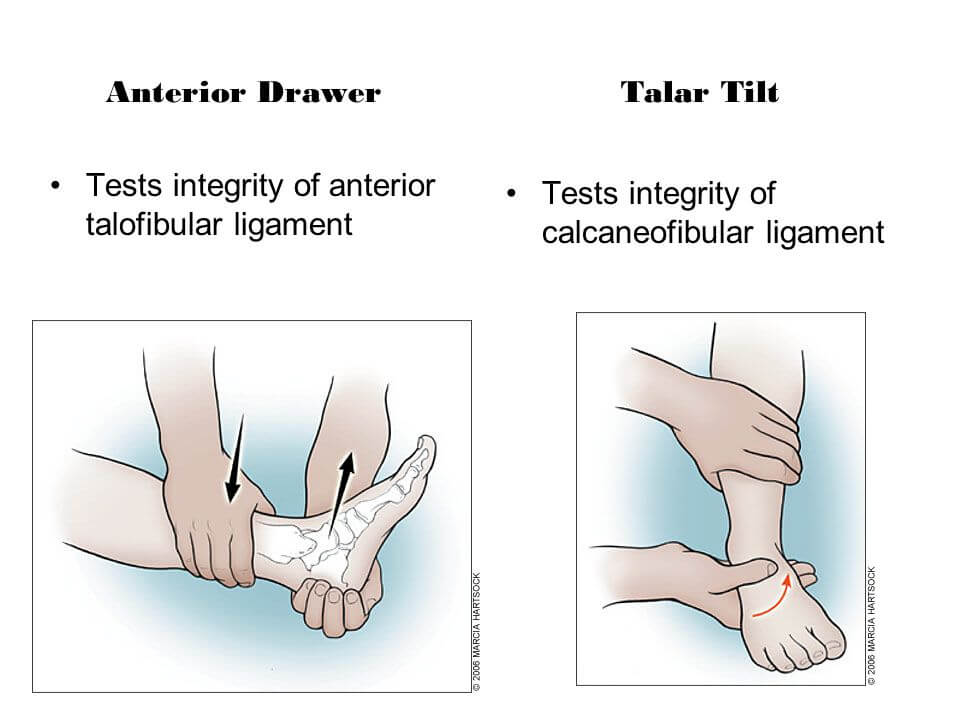
Ligament Tests for Ankle Injuries
Anterior Drawer Test Assesses: Anterior talofibular ligament (ATFL) Position: Knee joint in flexion and ankle in 10-15 degrees plantar flexion Maneuver: The examiner exerts a downward force on the tibia while simultaneously attempting to “lift up” the foot while grasping behind the heel. Interpretation: A significant difference from the unaffected…

Hot Potato Voice
Synonyms: Hot potato speech, Potato in mouth It is a term for a defect of resonance in which the speech has muffled quality, fancifully likened to a person speaking with a (very) hot potato in their mouth. Mechanism of Hot Potato Voice: Hot potato voice is the result of an…
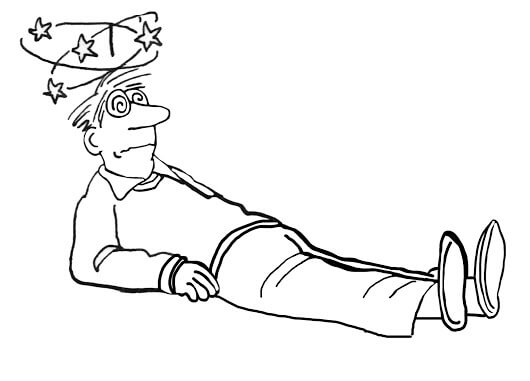
Dizziness : History and Examination
HISTORY Mnemonic: 4D-3E-2Fg-2H 1. Define “Dizziness”: Room is spinning/rocking/somersaulting – Vertigo Feel like “going to faint” – Near-syncope “Going to fall” or “Unsteady on feet” – Disequilibrium Feel like they’ve or are “left their body” or “floating/swimming” – Psychophysiologic dizziness 2. Duration of each episode: Seconds: BPPV Minutes: TIA or…
